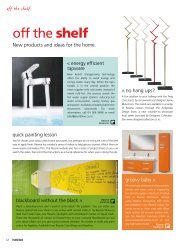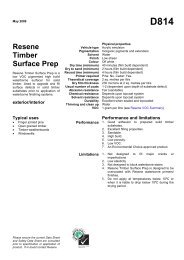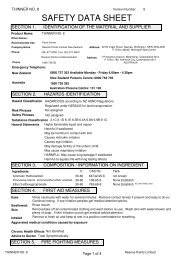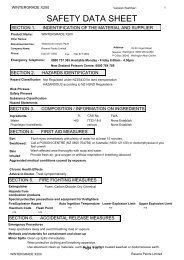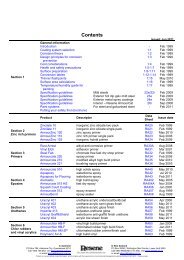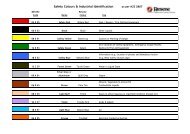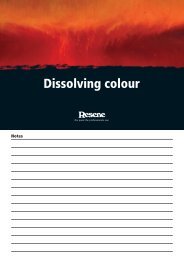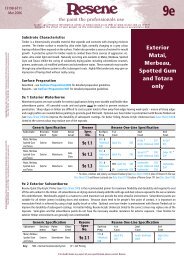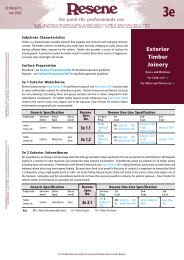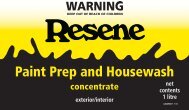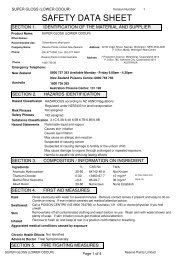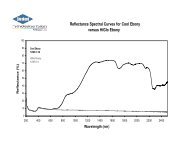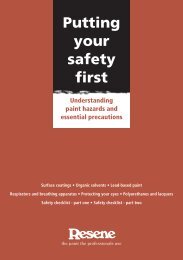Mural Masterpieces brochure - Resene
Mural Masterpieces brochure - Resene
Mural Masterpieces brochure - Resene
Create successful ePaper yourself
Turn your PDF publications into a flip-book with our unique Google optimized e-Paper software.
■<br />
■<br />
Accept mistakes as part of the process - don’t worry, they<br />
can always be covered up with more paint!<br />
If you haven't already painted it onto the mural as part of<br />
the design, remember to add sponsor logos and your<br />
group details to the mural so that passersby can see who<br />
has helped created the mural.<br />
Clean up<br />
Allow enough time at the end of each session to clean up<br />
materials. Make sure paint is stored correctly so it can be used<br />
again. Keep all the materials together and assign one person<br />
the responsibility of looking after them and making them<br />
available for the next painting day.<br />
Consider donating any spare paint or materials left at the end<br />
of the job to a local school or use them to create other<br />
artworks. Alternatively, if stored properly they could be used<br />
for touch-ups if required later.<br />
How to clean brushes/rollers<br />
This system is based on the use of two containers in which<br />
brushes, roller sleeves and other equipment are first washed<br />
and then rinsed. By rotating the containers the solids in the<br />
paint are separated from the liquid making it easier to dispose<br />
of each component, without polluting the enviroment.<br />
This system will work well for both waterborne and<br />
solventborne (oil or alkyd) paints. For solventborne paints use<br />
mineral turpentine and any other paint solvent recommended<br />
by your local <strong>Resene</strong> ColorShop.<br />
Follow these steps:<br />
In the case of waterborne paints:<br />
■<br />
■<br />
■<br />
■<br />
■<br />
■<br />
At the end of the job wipe or squeeze excess paint onto<br />
an absorbent material such as old rags, shredded<br />
newspapers or cardboard boxes.<br />
Allow to dry and dispose of with household waste.<br />
Wash brushes, rollers and other equipment with water in<br />
a 20 litre or similar sized container.<br />
The most effective method is to use a roller spinner.<br />
Transfer the washed equipment to a second container<br />
filled with clean water for a final rinse.<br />
Place lids on the containers or cover in some other secure<br />
manner and allow to stand overnight.<br />
By morning the paint solids in the first container will have<br />
settled down to the bottom of the container. The clear water<br />
from this container may now be poured onto a garden or any<br />
grassed or open area away from streams, rivers or lakes, where<br />
it can be absorbed into the ground.



